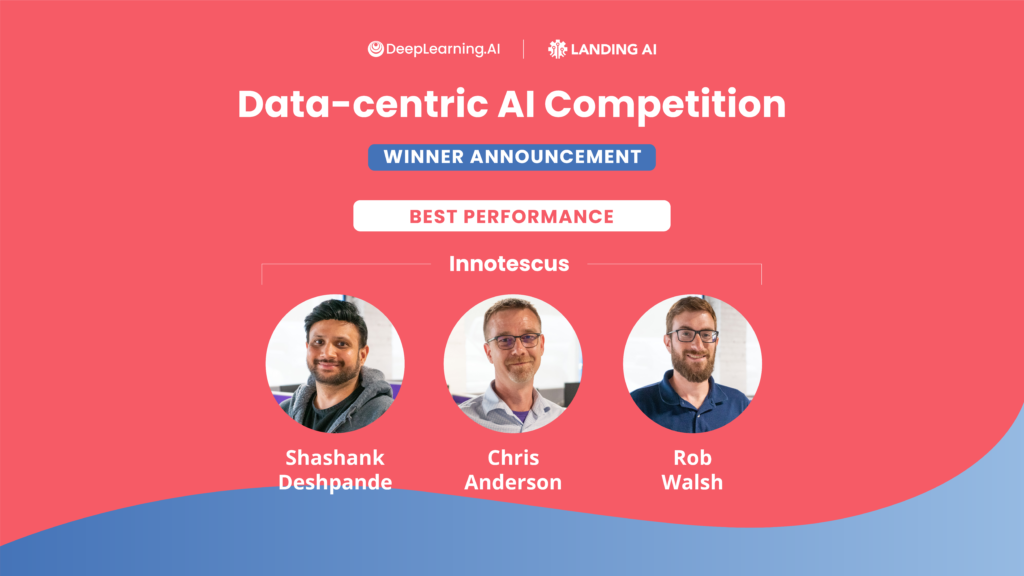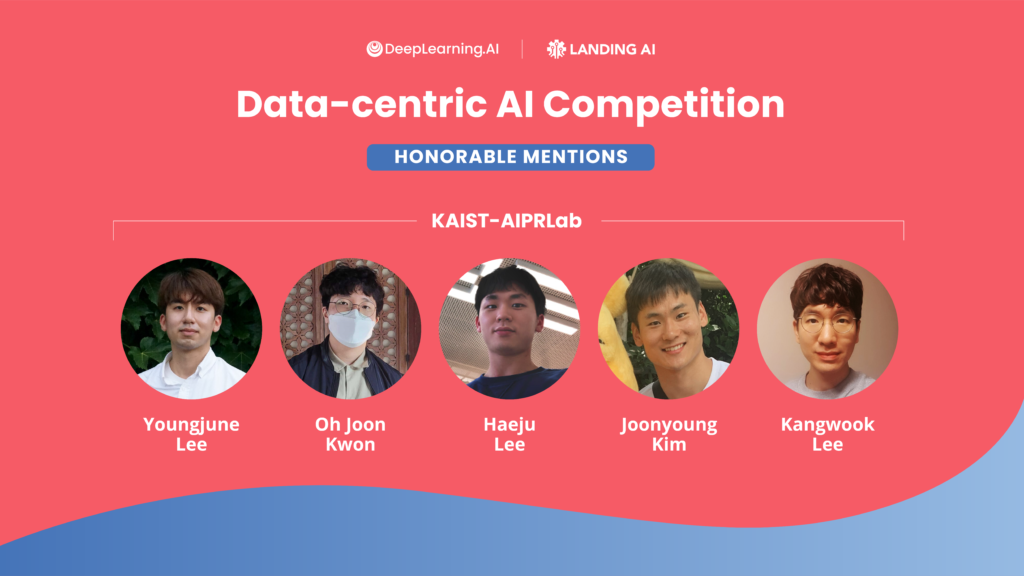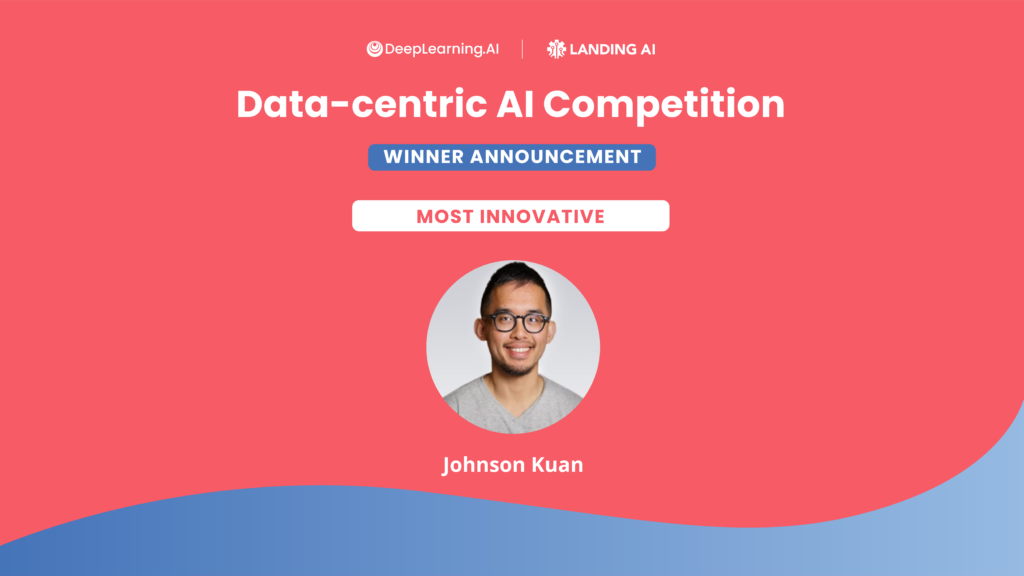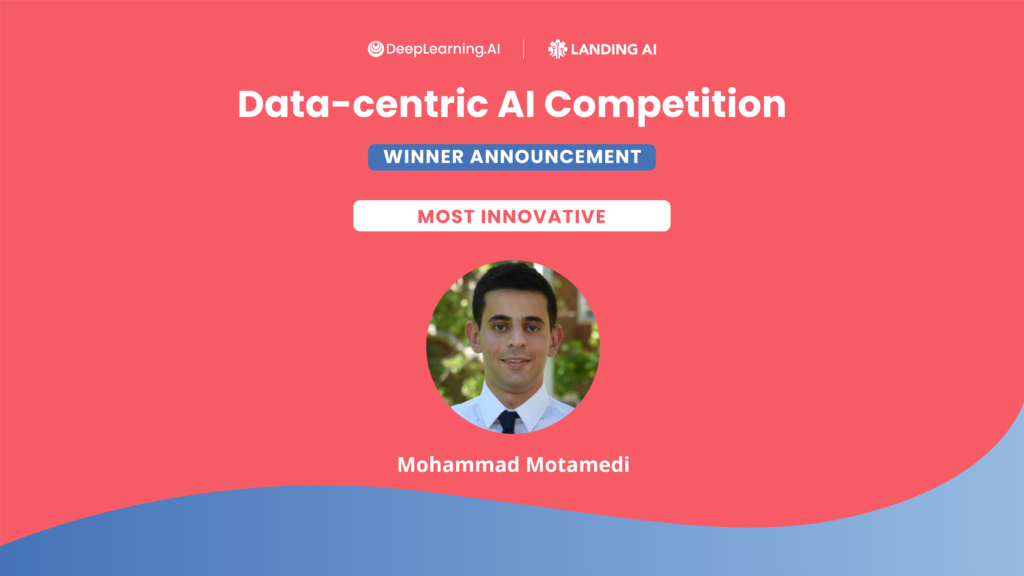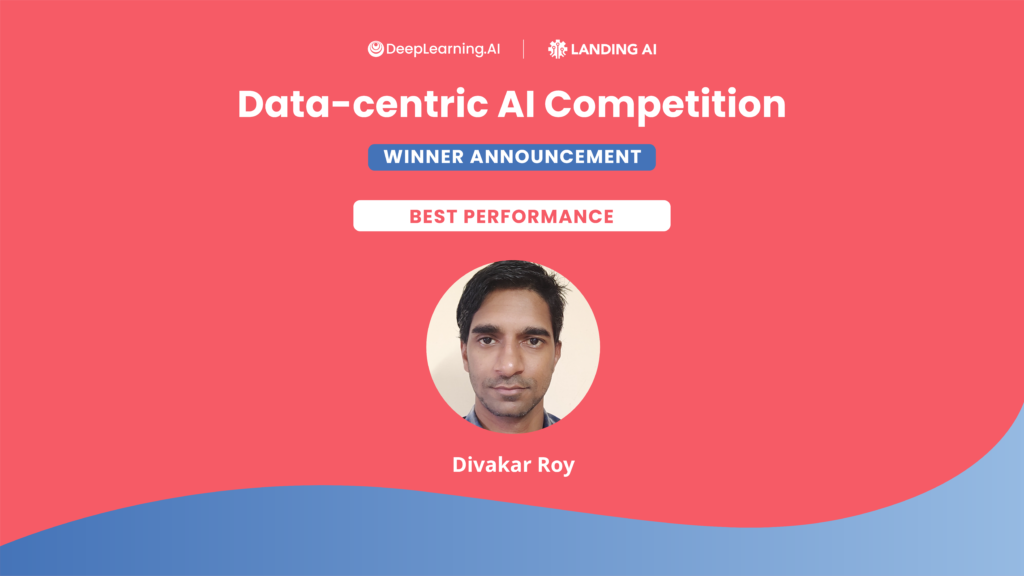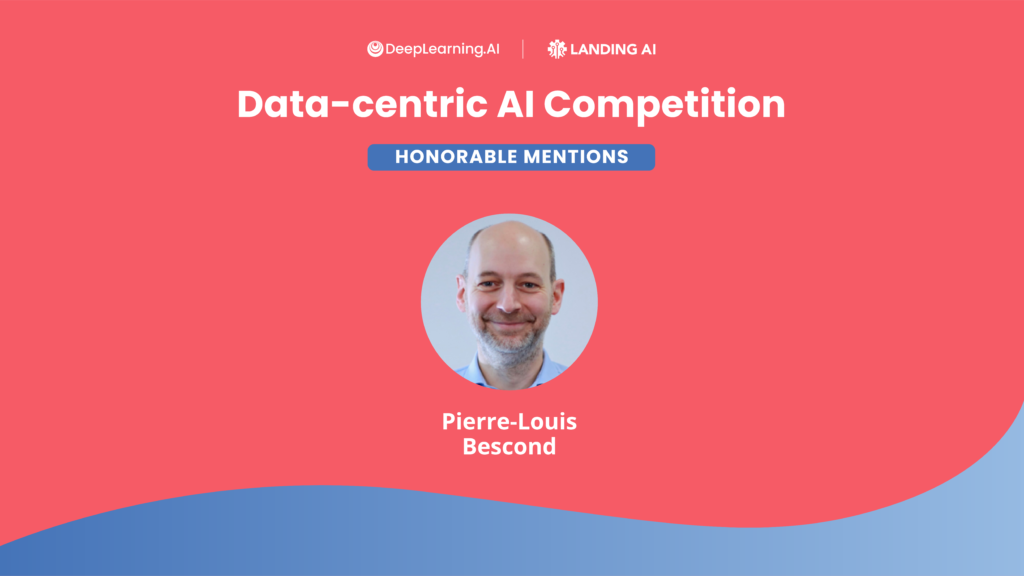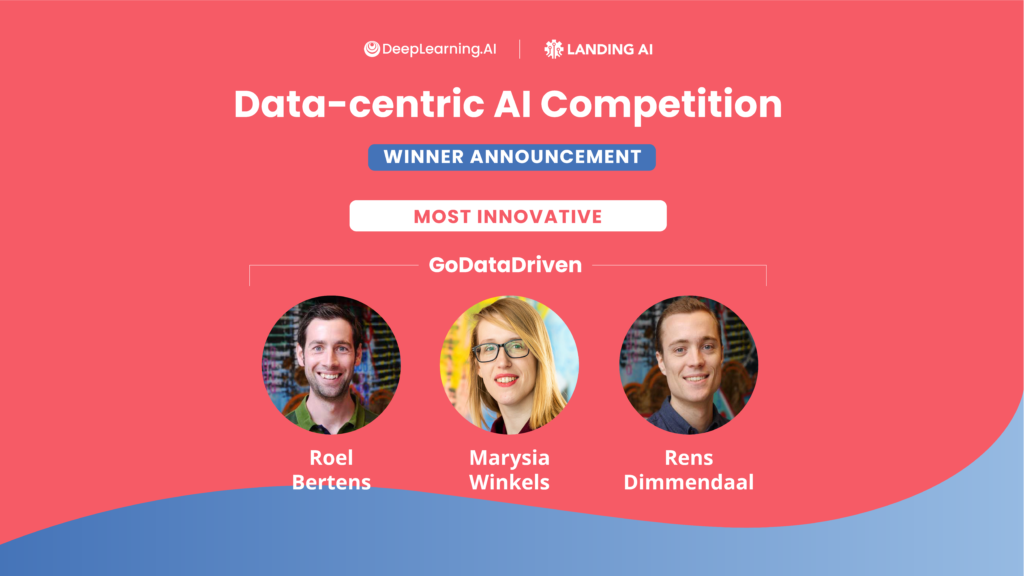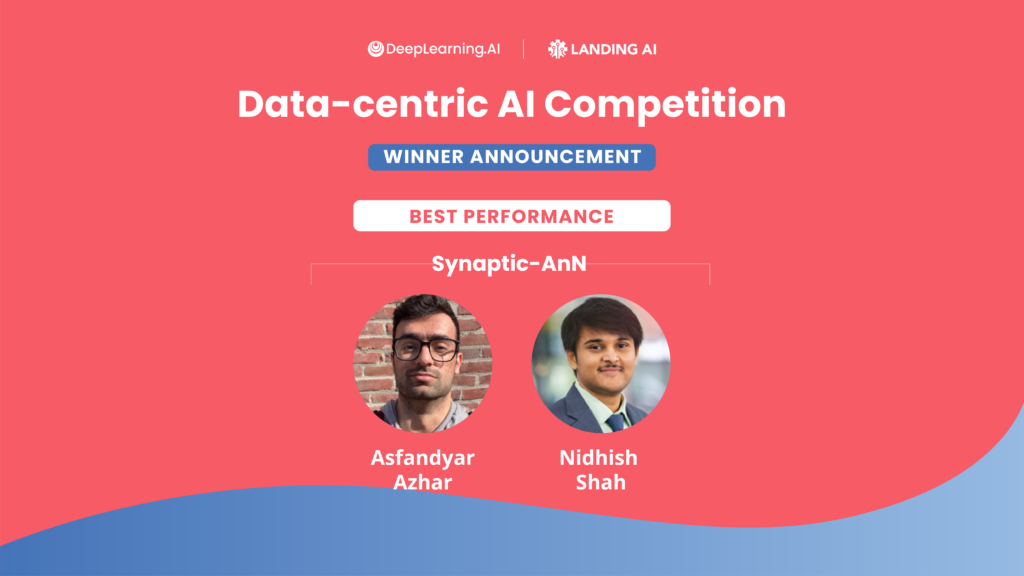
How We Won the First Data-Centric AI Competition: Synaptic-AnN
In this blog post, Synaptic-AnN, one of the winners of the Data-Centric AI Competition, describes techniques and strategies that led to victory. Participants received a fixed model architecture and a dataset of 1,500 handwritten Roman numerals. Their task was to optimize model performance solely by improving the dataset and dividing it into training and validation sets. The dataset size was capped at 10,000.
Read More